Browse Topics
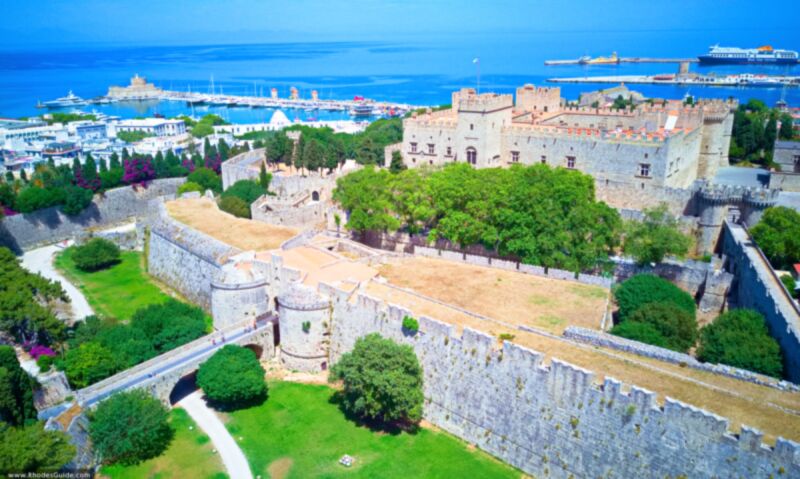
Palace of the Grand Master of the Knights of St. John
The palace of the Grand Master, is probably the most emblematic work of architecture in Rhodes and undoubtedly the symbol of the island’s medieval town. It was built in the 14th century under the command of Grand Master M. de Villeneure, on the foundations of another Byzantine fortress that did not manage to survive the repeated Arab-Persian attacks from the 7th century and on.
Read more »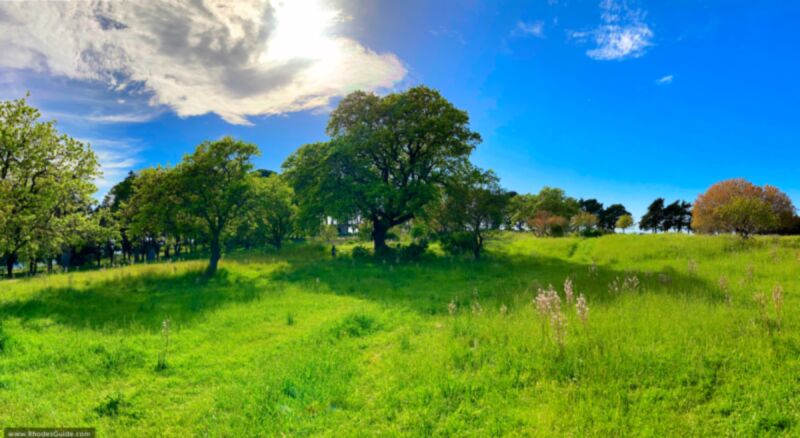
Filerimos
Mt. Filerimos, known in Greek as Φιλέρημος, rises 267 meters above sea level, approximately 15 kilometers from Rhodes Town. This notable hill, near the village of Trianta, occupies the historical site of the ancient Doric city of Ialysos. Filerimos's location offers both a rich historical context and panoramic views, making it a significant landmark on the island of Rhodes. The area is steeped in history, inviting visitors to explore its past while enjoying the natural beauty of the surrounding landscape.
Read more »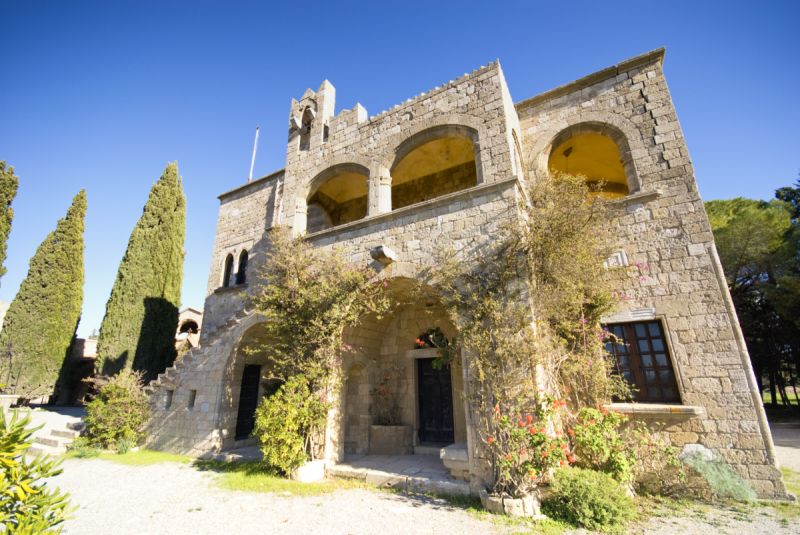
Ancient Ialyssos (Ialysos)
The district of Ialyssos (Ialysos) in Rhodes encompasses the northern part of the island. It was inhabited in the prehistoric period. Remains of a Minoan settlement have been found at Trianda and Mycenaean cemeteries have been located on the surrounding hills of Makria Vounara and Moschou Vounara (1700-1400 BC).
Read more »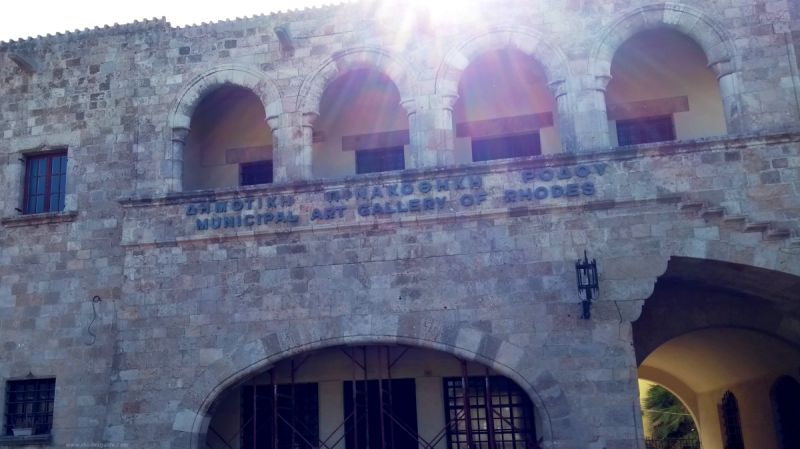
Municipal Art Gallery
The Municipal Gallery of Rhodes today houses one of the most representative and authoritative collections of 20th-century Greek painting. Most of the painters who worked creatively during these nine decades are represented in this collection through some of their most characteristic works.
Read more »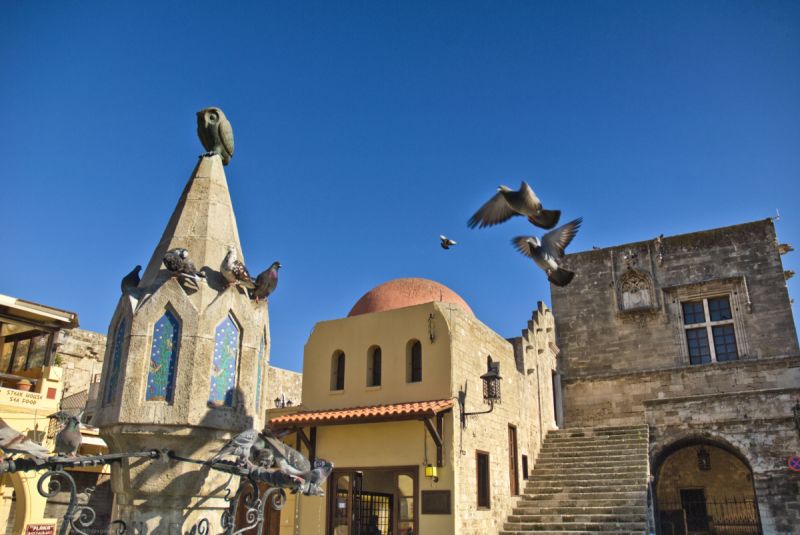
Rhodes Old Medieval Town
The Medieval Old Town of Rhodes, recognized as the oldest inhabited medieval city in Europe, captivates visitors with its historical grandeur. As one approaches its formidable walls, the layout quickly becomes apparent: the town does not conform to a grid system. This intricate maze of streets adds to the charm and mystery of this ancient urban center, inviting exploration and discovery of its rich past.
Read more »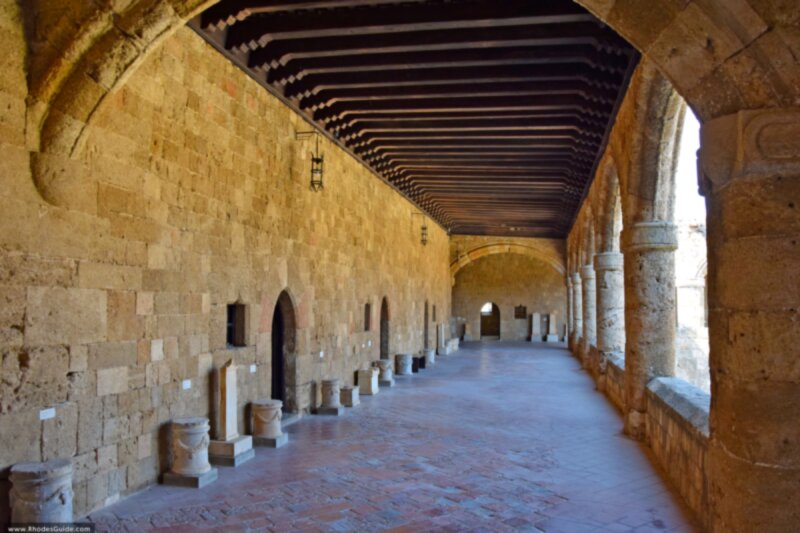
Archaeological Museum
The Archaeological Museum of Rhodes, set within the historic Hospital of the Knights, offers a captivating journey through time. Completed in 1489 under Grand Master d'Aubusson, this medieval marvel features a two-story structure and a charming courtyard framed by elegant porticoes. It offers a unique opportunity to explore an extensive collection of artifacts that unveil the island's rich history and cultural heritage in this beautifully preserved building.
Read more »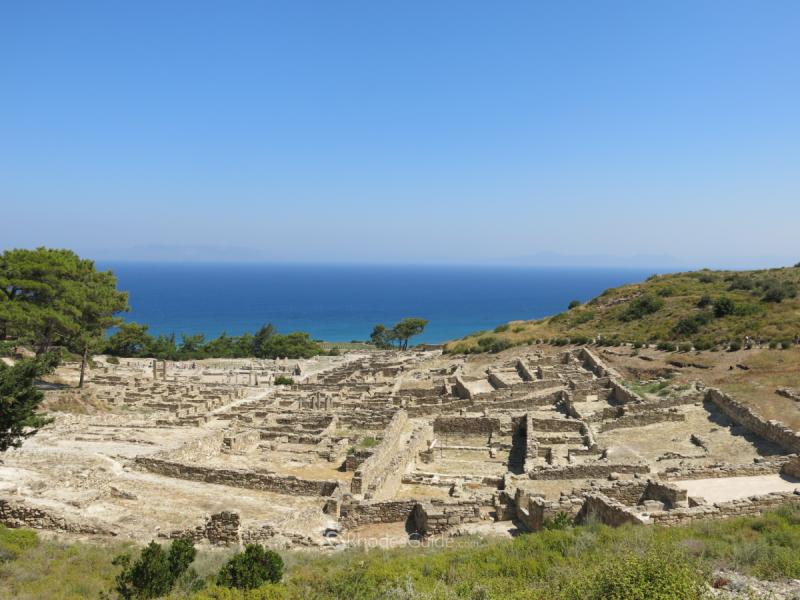
Ancient Kamiros
Ancient Kamiros, one of the three Dorian city-states mentioned by Homer, was a key settlement along with Lindos and Ialyssos on Rhodes. This archaeological site, with its well-preserved ruins, reveals the urban layout and daily life of its ancient residents. Kamiros offers a glimpse into Rhodes' classical past, highlighting the architectural and cultural heritage of the Dorian civilization.
Read more »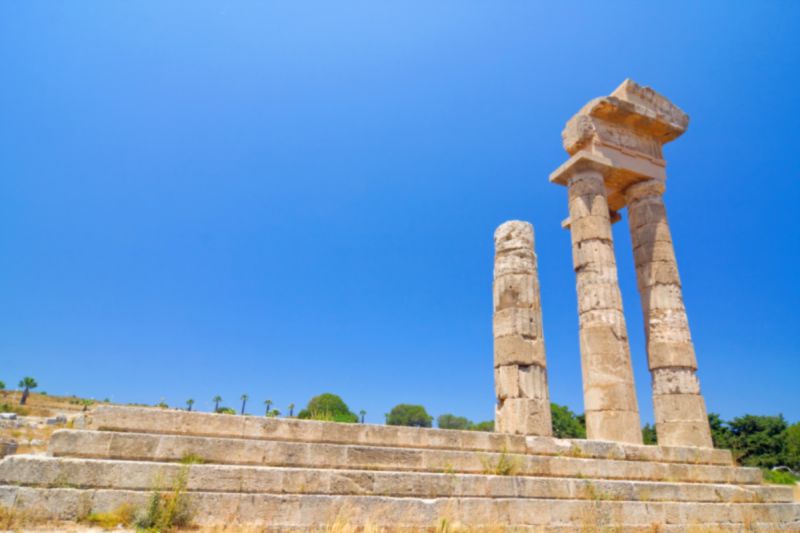
Rhodes Acropolis (Monte Smith)
The Acropolis of Rhodes, located on the hill what is now known as Monte Smith, was historically accompanied by the Ancient Stadium of Rhodes. Today, only limited remnants of the Acropolis survive, offering a glimpse into its former magnificence. Despite the sparse remains, the site continues to be an important historical landmark, providing insight into the architectural and cultural past of Rhodes.
Read more »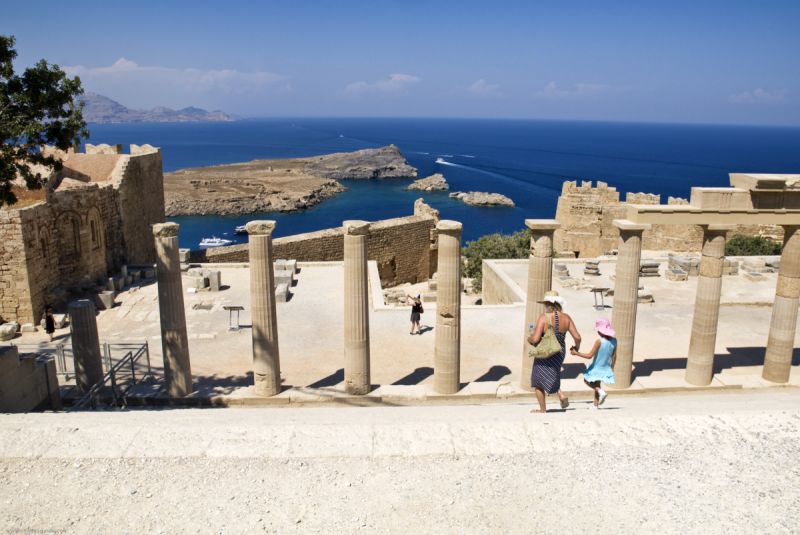
Lindos Acropolis
Lindos is a captivating destination for those seeking to explore the impressive archaeological sites on Rhodes. The town's picturesque setting blends seamlessly with the dramatic natural landscape, making it a sight to behold. The Lindos Acropolis, which stands tall at 116 meters above sea level, is a dominant feature of the area. Its grandeur and majestic fortress walls provide a breathtaking backdrop to the town below, making it an awe-inspiring sight to see and place to visit.
Read more »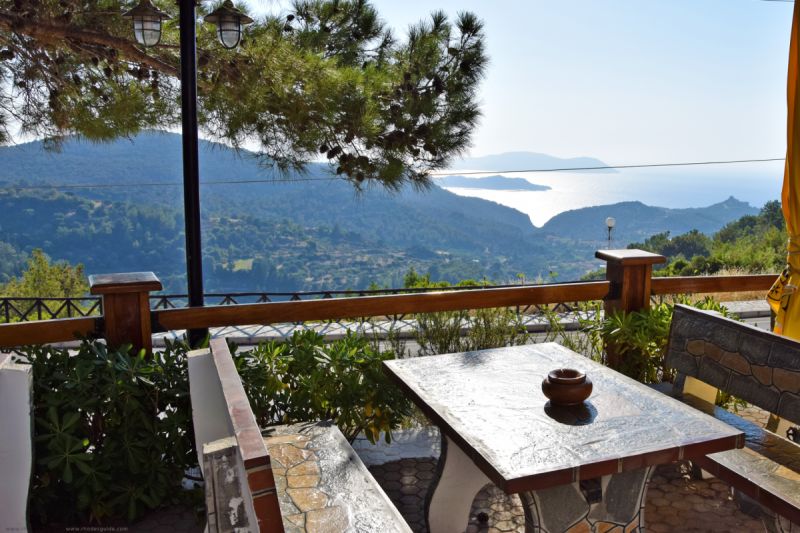
Kritinia
The medieval castle that looks out over the sea towards Chalki, standing on a pine-clad hill on the north-western coast of Rhodes, welcomes you to the region of Kritinia - called the forgotten border region by the inhabitants of the village. What makes it really worth a visit is the wild beauty of the landscape.
Read more »
 English
English
 Deutsch
Deutsch
 Ελληνικά
Ελληνικά